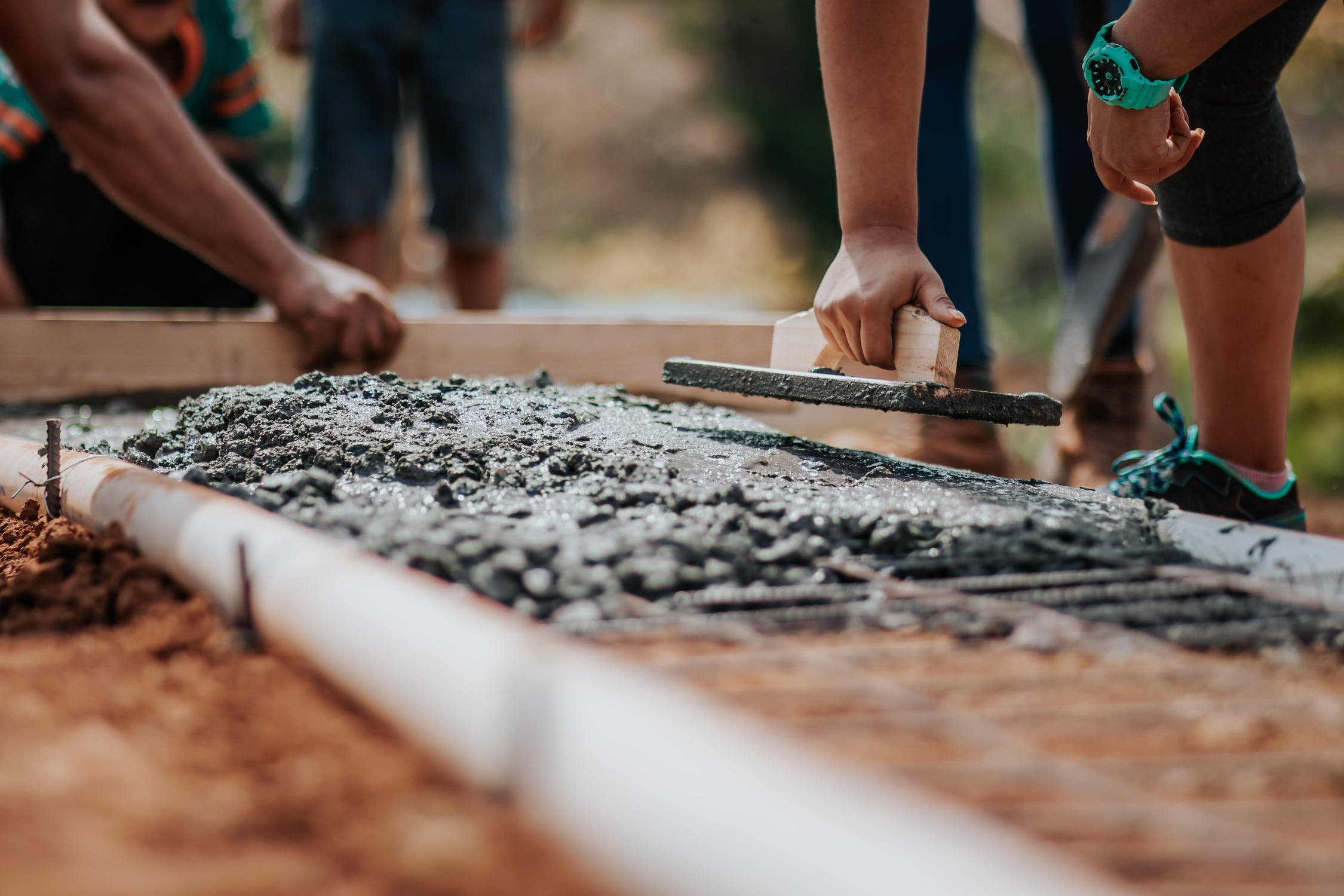The foundation is arguably the most important part of your house. It should be level and provide support for every part of your home. The builders will ensure this is the case.
However, every foundation is built on soil and this can move. It’s normal for slight movement after a house has just been built. But, if the house continues to move or the foundations are damaged your property could suffer from subsidence. That can be a significant issue and you’ll need professional help.
In short, you need to know how to inspect your foundations and when to get the professionals in.
Visual Look
The first step is to walk around the outside of your property. You are looking for large diagonal cracks in the walls. These tell you that part of the building is lower than the rest.
You should also check to see if the walls have started to lean or if there are any bulges. These tell you that the weight is no longer distributed evenly, suggesting a foundation issue.
It can help to get the professionals in and have some dye penetrant testing done. This detects slight variations in the surface and can help give you an early warning of foundation issues.
Warping
Next, take a look inside your home. You’ll want to pay particular attention to the floors and ceilings. If they are no longer level or there appears to be warping or bulges in the floor and ceiling then the weight of the house is unevenly distributed. The most likely cause is a foundation problem.
As foundations change additional stress is placed on the walls. Because the walls are connected to each other via the wooden beams in the house, any stress or movement in the walls will transfer to the beams, causing the walls and ceiling to warp.
Check The Windows
As explained, foundation problems have a direct impact on the walls. As well as affecting the beams this will also change the pressure on the windows and doors. Where they used to be level and easy to open and close, some windows and doors will become stiff and may no longer sit straight. That’s a sign that the foundations are shifting.
Look At The Foundation
If you have a basement or a crawl space then you can inspect the concrete foundations. Carefully look over them to see if there is any visible damage. Fine cracks don’t count, they are a result of the concrete drying.
But, buckled beams, rust on steel plates and other visible signs of damage tell you there is a foundation issue.
Check The Chimney
Because the chimney stands clear of the rest of the building and has no additional support, it is often the most susceptible part of the property to foundations shifting. Take a look at it, you should be able to do this from the ground. Large cracks or obvious leaning tell there is a foundation issue.
The sooner you get the problem looked at and resolved the better. It will only get worse.

